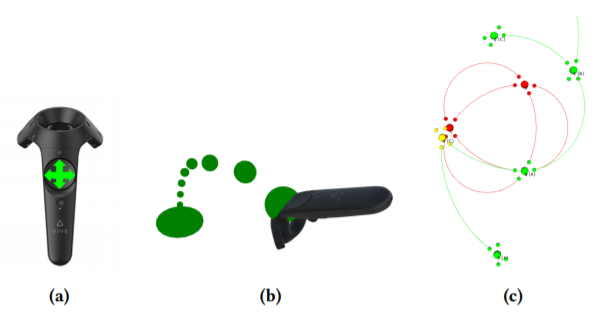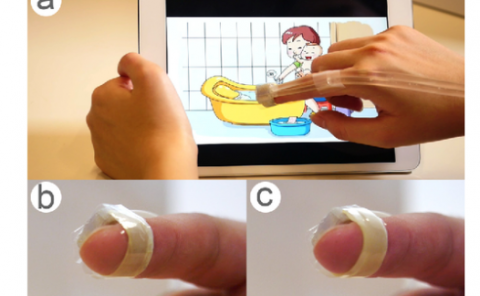Evaluation of Locomotion Techniques for Room-Scale VR: Joystick, Teleportation, and Redirected Walking
PubDate: April 2018
Teams: University of Hamburg
Writers: Eike Langbehn;Paul Lubos;Frank Steinicke

Abstract
Due to its multimodal nature virtual reality technology imposes new challenges, for example, when it comes to navigating through a virtual environment. Joystick-based controls and teleportation techniques support only limited self-motion experiences, however, other techniques such as redirected walking provide promising solutions to enable near-natural walking, while overcoming limits of the physical space. In this article, we report an experiment that analyzed the effects of the three different locomotion techniques, i. e., (i) joystick-based, (ii) teleportation, and (iii) redirected walking, on the user’s cognitive map building of an indoor virtual environment, as well as effectiveness, motion sickness, presence, and user preferences. Our results suggest that redirected walking performs best regarding the user’s ability to unconsciously acquire spatial knowledge about the virtual environment. Redirected walking and teleportation were subjectively preferred over joystick by the participants. Furthermore, we found a significant effect of an increased motion sickness for joystick-based navigation. Hence, redirected walking as well as teleportation are locomotion techniques with different benefits and drawbacks, and should be preferred.

